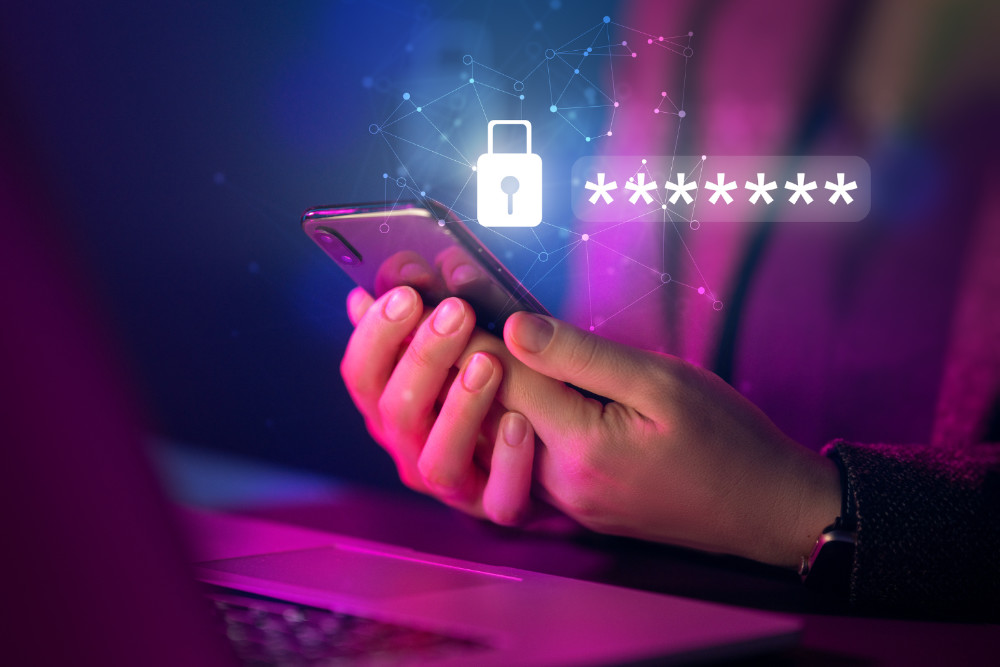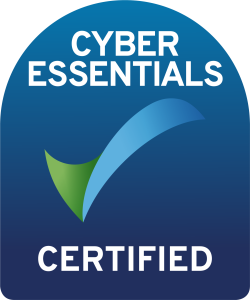In today’s interconnected world, where digital interactions are a fundamental part of both professional and personal lives, ensuring the security of your applications has become paramount. Whether you’re managing sensitive work data or safeguarding personal information, adopting robust security practices is not just advisable but essential. This blog explores the critical aspects of personal responsibility in securing applications, focusing on password best practices, two-factor authentication (2FA) via email or mobile, and more.
Password Best Practices:
Passwords are often the first line of defence against unauthorised access. However, their effectiveness hinges on their complexity and uniqueness. Here are some best practices to follow:
Complexity is Key: Create passwords that are at least 12 characters long and include a mix of uppercase and lowercase letters, numbers, and special characters.
Avoid Common Choices: Steer clear of easily guessable information such as birthdays, names, consecutive numbers or common words. Instead, opt for passphrases that are meaningful to you but difficult for others to guess.
Unique Passwords for Each Account: Reusing passwords across multiple accounts increases the risk of a single breach compromising all your accounts. Consider using a password manager to generate and store complex passwords securely.
Use biometrics where possible: Most mobile devices include a choice of biometrics such as fingerprint, facial or retina recognition. There is a good reason for that so where available, we strongly advise you use it.
Shayype: Some mobile devices have the option to create a pattern in a grid full of dots. This is Shayype or a similar application. The combinations are extensive and can range from a simple shape to more complex ones. We recommend you use complex shapes in order to beat the hacker, not just link the dots to create a simple alphabetical image such as “L”, “N”, “M” “O” and so on which are easily broken.
Two-Factor Authentication (2FA):
Whilst strong passwords provide a solid barrier, adding an extra layer of security through 2FA significantly enhances protection. 2FA requires not only something you know (your password) but also something you have (such as a code sent to your phone or email). This dual authentication process makes it exponentially harder for attackers to gain unauthorised access.
Choosing Between Email and Mobile for 2FA:
When setting up 2FA, you’ll typically have the option to receive authentication codes via email or SMS to your mobile device. Each method has its considerations:
Email: Convenient if you frequently check your email and have a secure email provider. However, if your email account is compromised, it could potentially compromise your 2FA.
Mobile (SMS or Authenticator App): SMS codes are quick and easy to use but may be susceptible to SIM swapping attacks.
Best practice: Third party authenticator apps (like Google Authenticator or Authy), provide a more secure option as they generate codes locally on your device that are not stored.
Regular Security Updates and Backups:
Ensuring your applications are up-to-date with the latest security patches is crucial. Developers frequently release updates to fix vulnerabilities that hackers could exploit. Additionally, regularly backing up your data ensures that even if a breach occurs, you can restore your information without significant loss.
Work vs. Home Application Security:
While the principles of application security apply universally, the context may differ between work and home environments:
Work: Many organisations enforce strict security policies and provide tools like VPNs and enterprise-grade security software. Adhering to these policies ensures the security of sensitive company data.
Home: Personal devices may not have the same level of security oversight. It’s essential to take proactive measures such as installing reputable antivirus software, securing your home Wi-Fi network (often overlooked), and educating family members about online security risks.
Educational Awareness and Training:
Promoting a culture of security awareness is vital. Educate yourself and others about the latest threats, phishing tactics, and social engineering scams. Regular training sessions can empower individuals to recognise and respond effectively to potential security risks.
It Can’t Happen To Me
It can. Simply, until you have had to deal with a compromised password, you will never understand how easily it can happen and the impact on you. Think of all the passwords you have created over the years, multiply that by the number of large scale leaks reported. If a hacker has or sells your password/login credentials, everything you have behind that, from bank details to credit card numbers, is also compromised.
How can I check?
Keep on top of the news. Large scale breaches often hit the headlines way before the company notify you of a breach or potential breach. In addition, there are add-on services to many credit scoring sites (like Clearscore, amongst others) where you can opt in to a service that alerts you if your email, for instance, appears in any dark web activity. Your password manager application also provides this service as part of their offering; commonly, at no extra cost.
Conclusion:
The responsibility for the security of applications used both at work and at home rests primarily with the individual user. By adopting strong password practices, using a password manager (with no history of data breaches), implementing 2FA, staying informed about security updates, and fostering a culture of awareness, you can significantly mitigate risks and protect sensitive information. Remember, in the digital age, being proactive about security is not just a best practice but a personal responsibility that can safeguard both professional integrity and personal privacy.
At SSLPost, we understand the critical importance of secure digital communications. Our solutions empower organisations to protect their sensitive data through robust encryption and compliance with regulatory standards. Together, let’s prioritise security and embrace the power of responsible digital citizenship.
For more insights on application security and encryption solutions, book your free 30-minute consultation call today.




